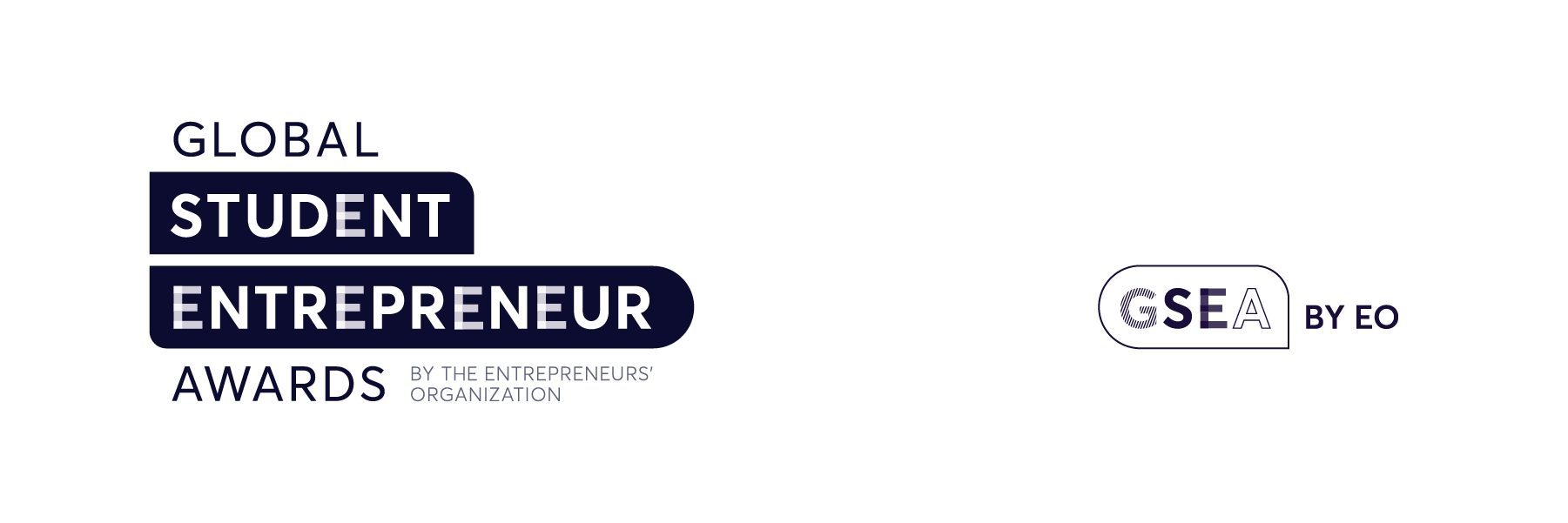We are EO. A community of 16,500+ like-minded leaders who are dedicated to moving the world forward by helping each other unlock their full potential.
To accomplish this purpose, EO offers a wide and diverse array of products, programmes and opportunities that help members achieve transformational growth in their business and personal lives. It’s essential that we communicate these offerings clearly to our members and deliver a consistent brand experience for all entrepreneurs.
Key to building a strong brand for the future is the emphasis and consistent use of the core EO brand across all communications. This ensures clarity in the roles and complementary relationships between the EO brand the its sub-brands—ultimately, strengthening brand awareness.
Visual framework
Whether it’s the longtime EO member who has founded several ventures or the startup entrepreneur, EO brings together entrepreneurs from all around the world to learn and grow together.
Therefore, EO’s brand architecture framework ensures that the EO brand experience is core to every offering. We use hierarchy to build the visual branding for sub-brands, products, programmes and offerings based on the audience for whom they are intended, consistently pairing the logo with product offerings. In practice, this means that product and programme offerings for EO members follow the EO brand identity. Sub-brands are identified thoughtfully to ensure that they speak to a unique target audience beyond EO’s membership base.
The EO logo should be used with, but never be a part of, lockups for sub-brands, products, programmes and offerings. By removing the EO logo from the individual branding element, we focus on the essence of the offering and avoid over-proliferation and over-saturation of variations of the mark.
Products, programmes and offerings
We identify offerings with simple type treatments (also known as “lockups”) and complementary visual elements that follow EO brand identity, instead of logos for individual products and programmes.
Below are examples of how programme and product offerings are branded under the visual hierarchy.




Sub-brands
EO enables tangible growth for early-stage entrepreneurs through EO Accelerator and the Global Student Entrepreneur Awards (GSEA). These sub-brands target the needs and journeys of unique audiences outside EO-qualifying membership and have visual identities that have been developed to connect directly with those audiences.


When working with these sub-brands, all brand guidelines should still be followed.
Branding new offerings
When developing an identity for new offerings, use the following questions to guide your process:
- Who is the intended audience? Is this offering intended for the EO community or external audiences?
- Same customer (ie existing EO member)
- New customer (ie prospect)
- Slightly new customer (ie GSEA/Accelerator vs member)
- What is the experience?
- What is the expected lifespan of this offering? Is it long-term/ongoing or a one-time occurrence?
What is the distinct experience proposed in this new offering?
What is the distinct set of benefits and features?
What is the USP? Does it fit into an existing product family?
What about events?
For global and regional events that are non-repeating, one-time occurrences with a definitive end date, there is room for the creative to reflect locales and/or themes while adhering to guidelines and working with the brand management team.
In special cases, bespoke branding for products and programmes that align with organizational initiatives and/or goals may be developed after discussion and approval from EO’s brand management team.
Do’s and don’ts
Do:
- Use clear messaging to convey the value proposition of offerings
- Keep typography simple
- Follow brand guidelines
- Pair with the EO logo
- Use visual elements to convey themes and establish look and feel
Don’t:
- Rely on “logos” to differentiate offerings
- Pair icons or symbols with your type treatment
- Add text, icons or symbols to the EO logo or EO chapter logo to create a new “logo”
- Add a prefix or suffix to “EO” unless it is the official name of an offering, ie, MyEO is an EO offering, HighEO is not
Definitions
Target audience: Unique audience outside of EO membership, based on
- Stage of entrepreneurial journey
- Business revenue
- Unique subset of EO membership
Sub-brand: A subsidiary or secondary set of programmes, products and offerings that offer a unique value proposition to entrepreneurial groups outside of membership base. Sub-brands must:
- Have a unique line of business
- Focus on a unique audience outside of EO members
- Incorporate a unique entry point/standalone workflow for entrepreneurs to engage with the EO ecosystem
Family of offerings: A group of products/programmes with a central theme, thread or throughline that ties connects them together. They may be related by look and feel and operate within a distinct context.
Product: An engagement opportunity offered to members that:
- Has a distinct set of features and benefits
- Has a distinct USP
- Offers a distinct experience
- Has a clearly defined timeframe or end date for a specific iteration of the offering
Programme: An engagement opportunity offered to members that:
- Has a distinct feature set that identify a distinct opportunity
- Spans across products, therefore takes organizational look and feel
- Is long-term and ongoing
Business unit: Internal team name used within the organization to identify the team and is not public-facing (not to be used on marketing materials). Sometimes, workflow is member-facing and may require differentiation from rest of organizational processes for easier identification, ie MSC. Decisions will be made on a case-by-case basis.

